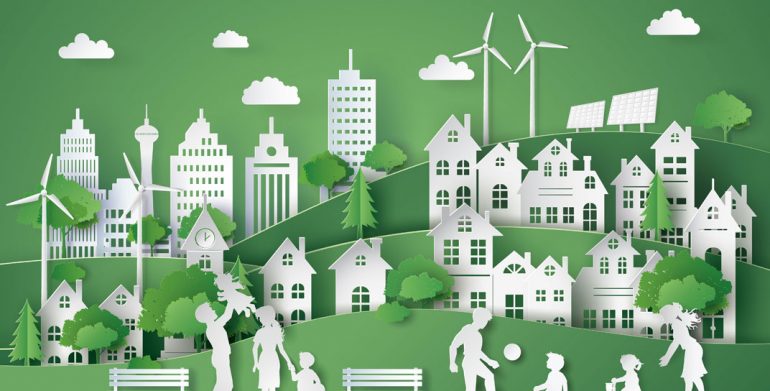“Biodegradable” does not mean “safe” Since the early 1990s, marketers have been trying to convince us that they can save the world from plastic by attributing to it the magical properties of decomposition. But, as already mentioned, all materials are decomposable in one way or another: only the question of time is important. Remember when the first “environmentally friendly” bags made of starch appeared?
This is truly biodegradable packages (more precisely: hydro-biodegradable). Manufacturers position these bags as a green alternative to plastic bags. The process of their disintegration takes about a year, but they have one significant drawback, or even two (or a little more). If you put products heavier than 1 kilogram in such a package, most likely, you will not bring them home, because the package will fall apart in your hands. In addition to the fragility, there is another drawback – another production technology, for which you need to set up a new production line.
Today this is impossible, and the consequences of the production chain of such packages have an even worse impact on the environment than polyethylene ones. Currently, the most popular of the biodegradable bags are polylactic acid (PLA) bags and a mixture of starch and polyester (for example, MaterBi and Ecoflex). Their ability to biodegrade is confirmed by tests, and packages are assigned a special label, for example, the European “Sprout” or “Compostable”.
